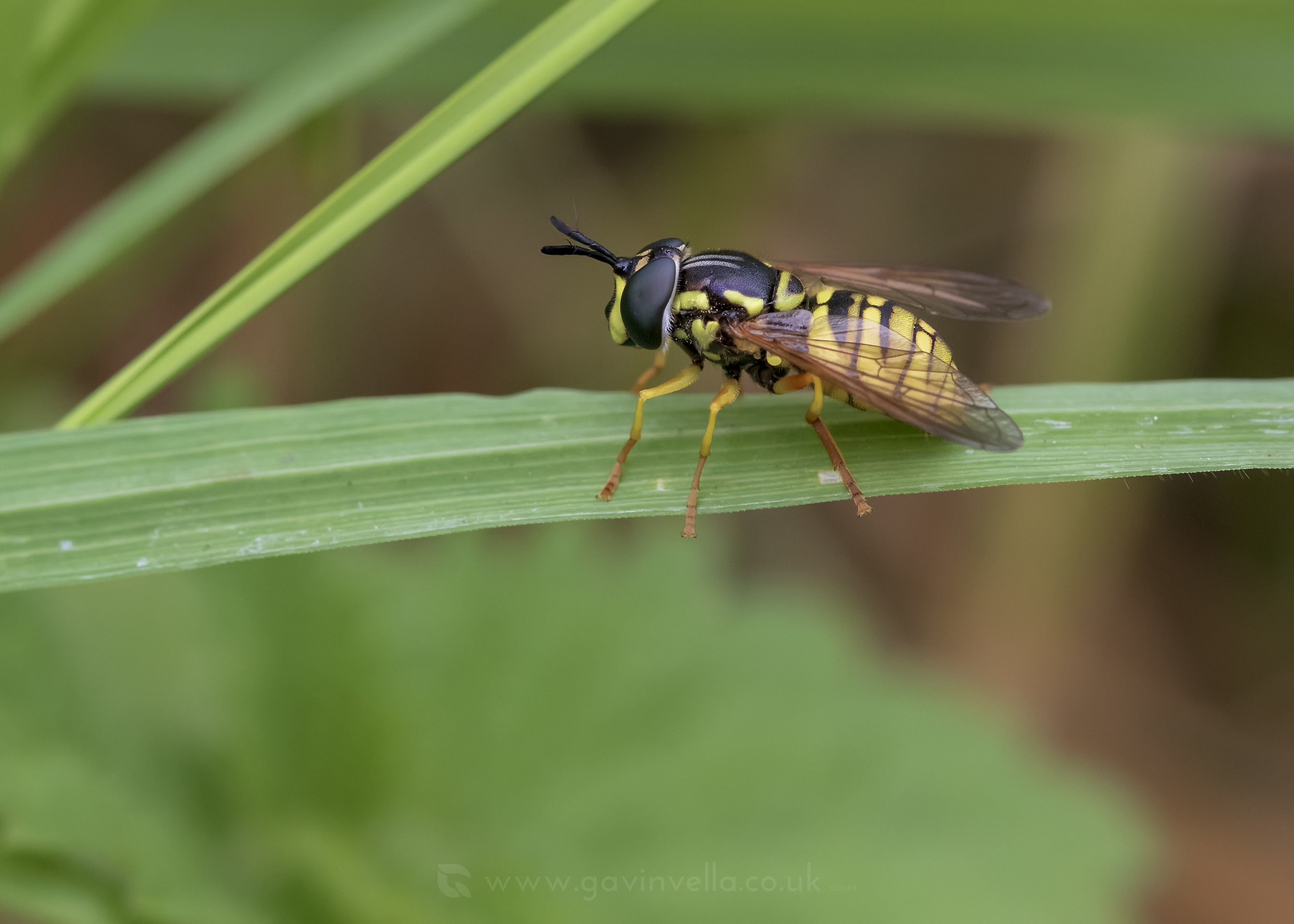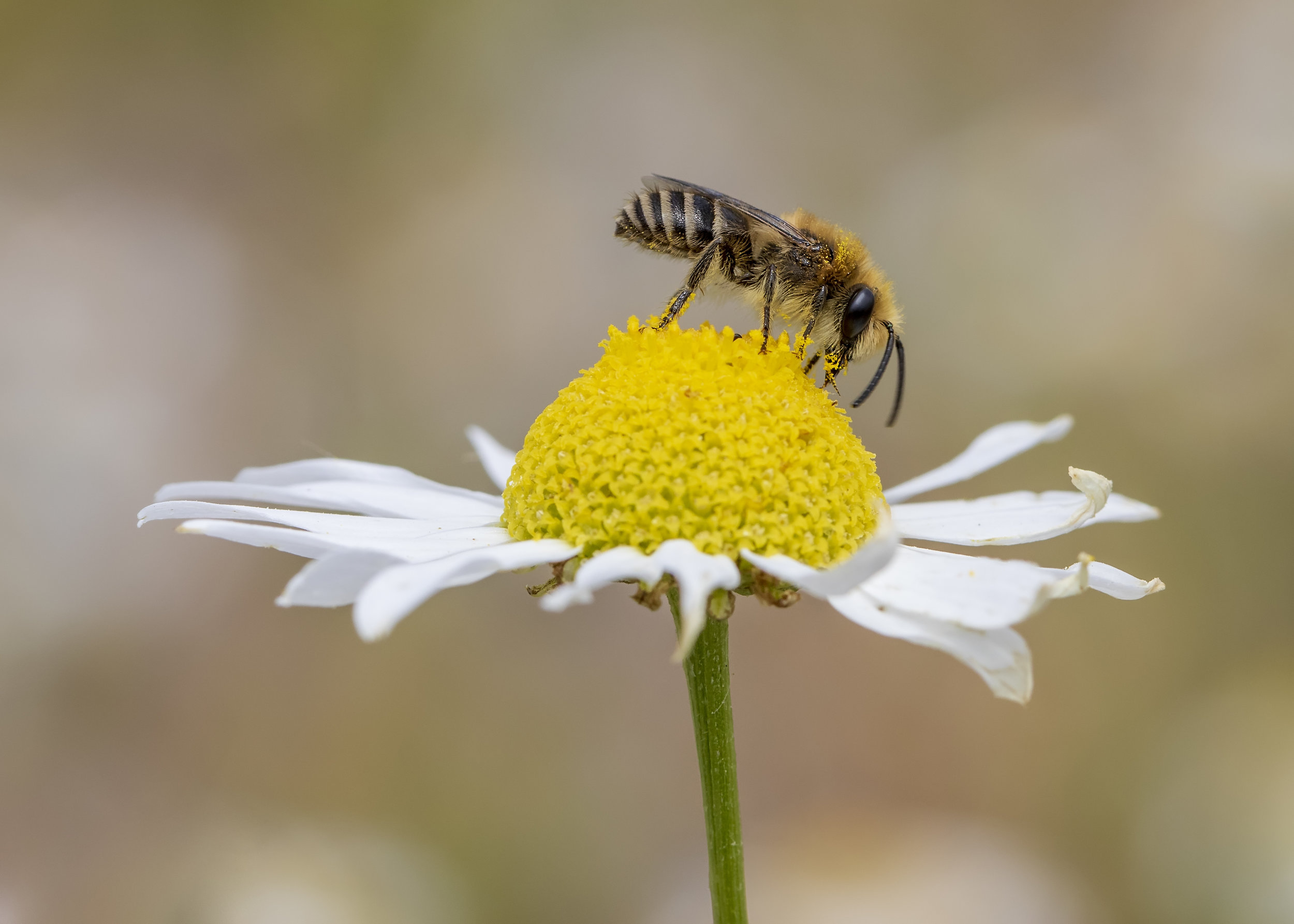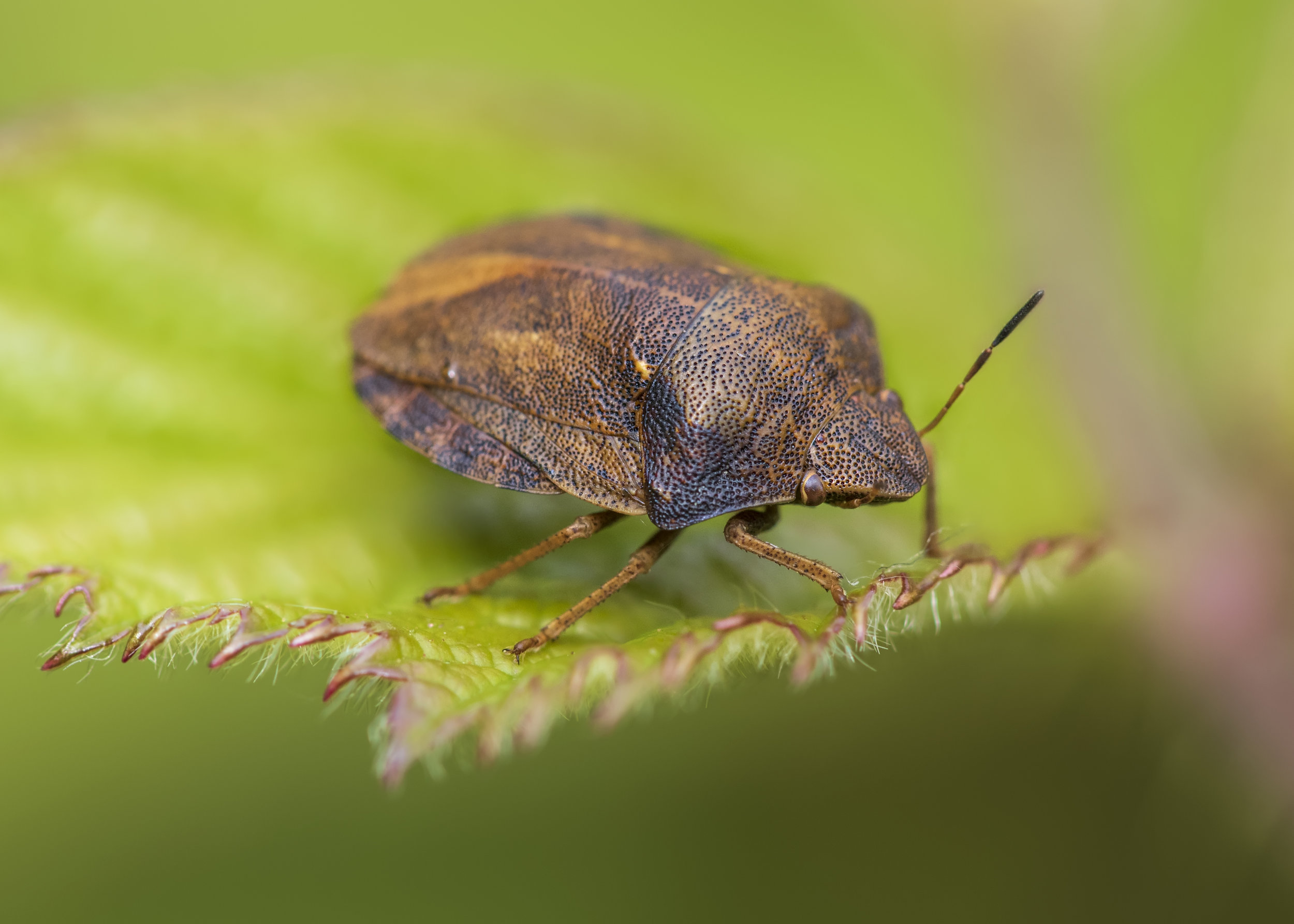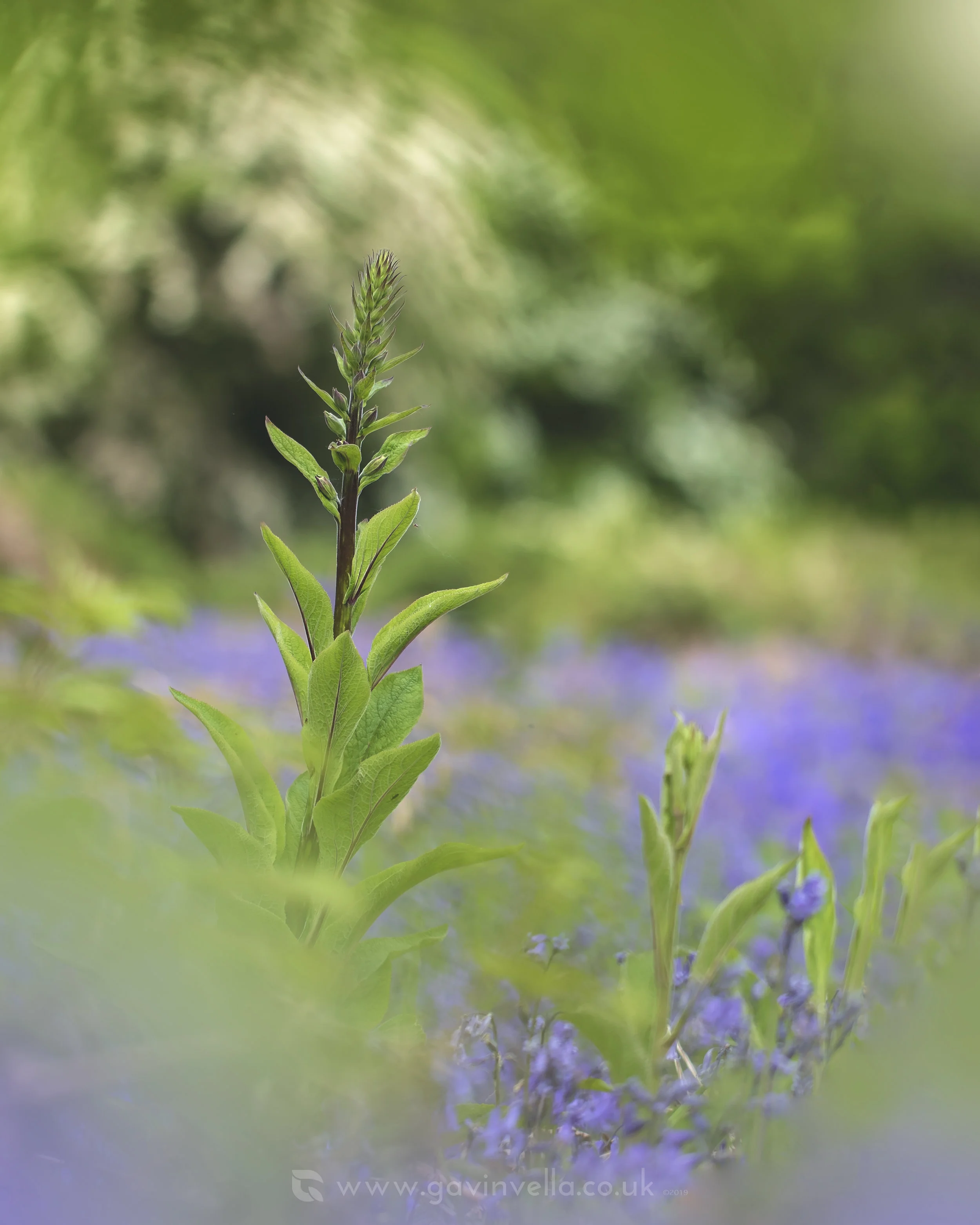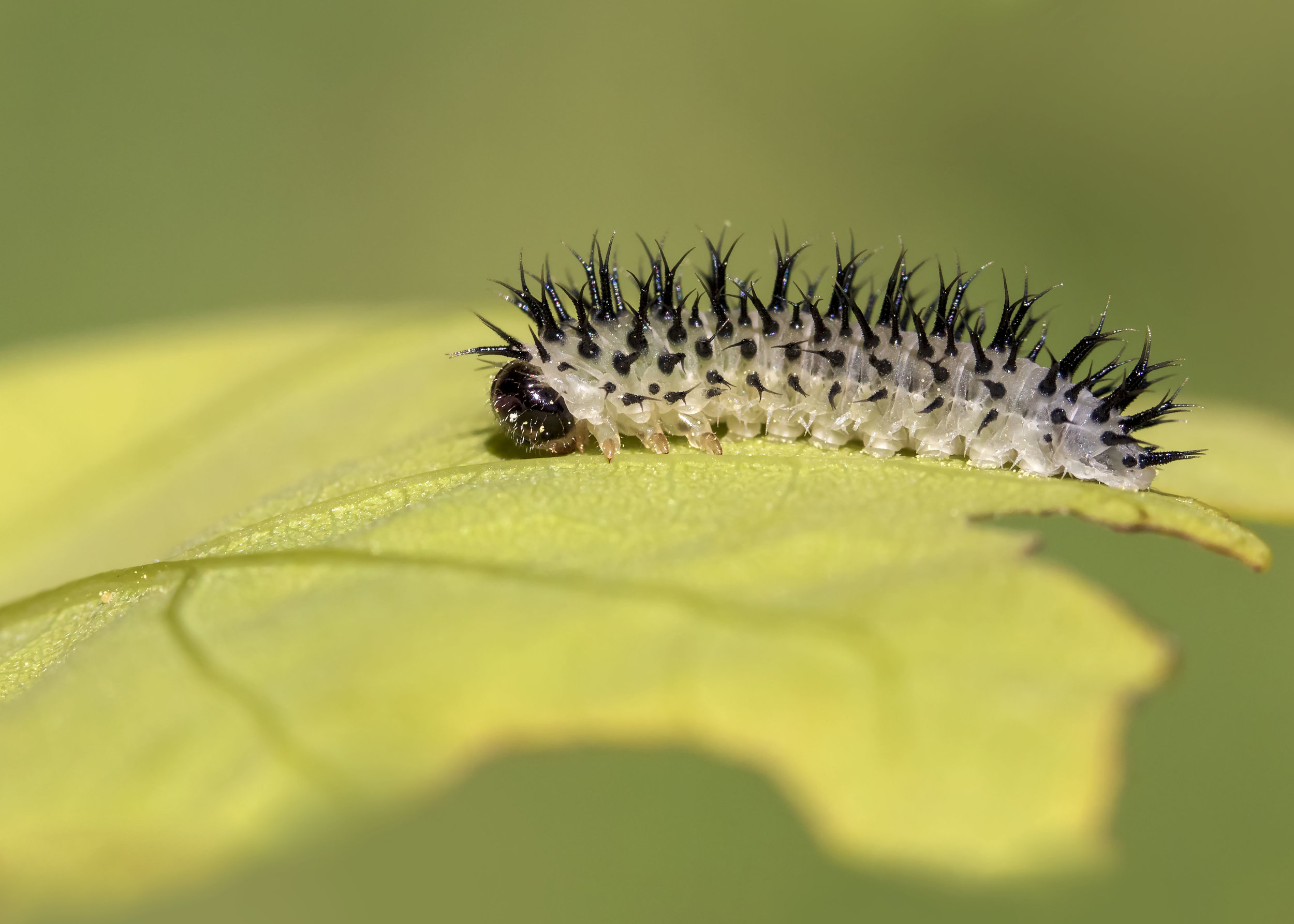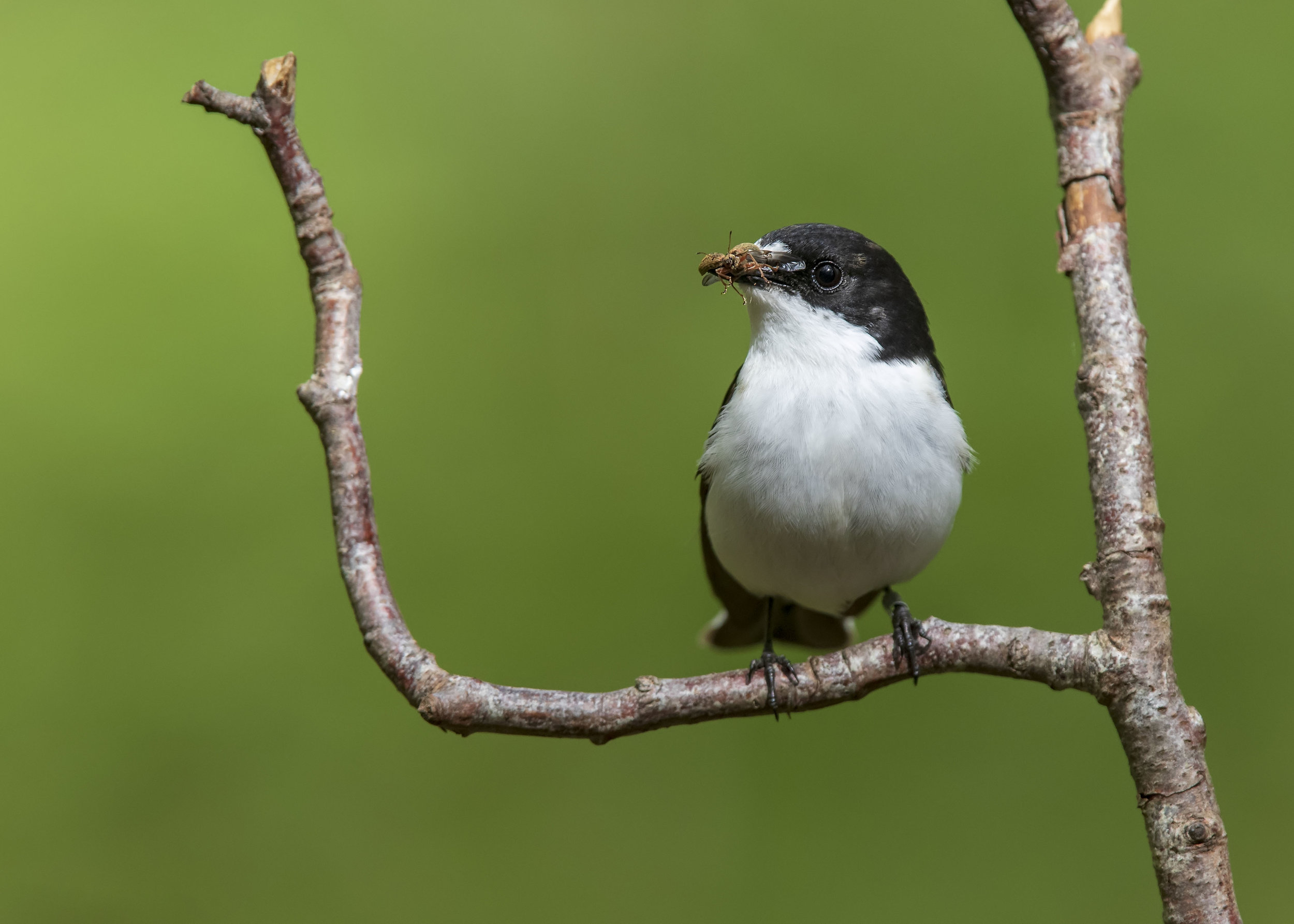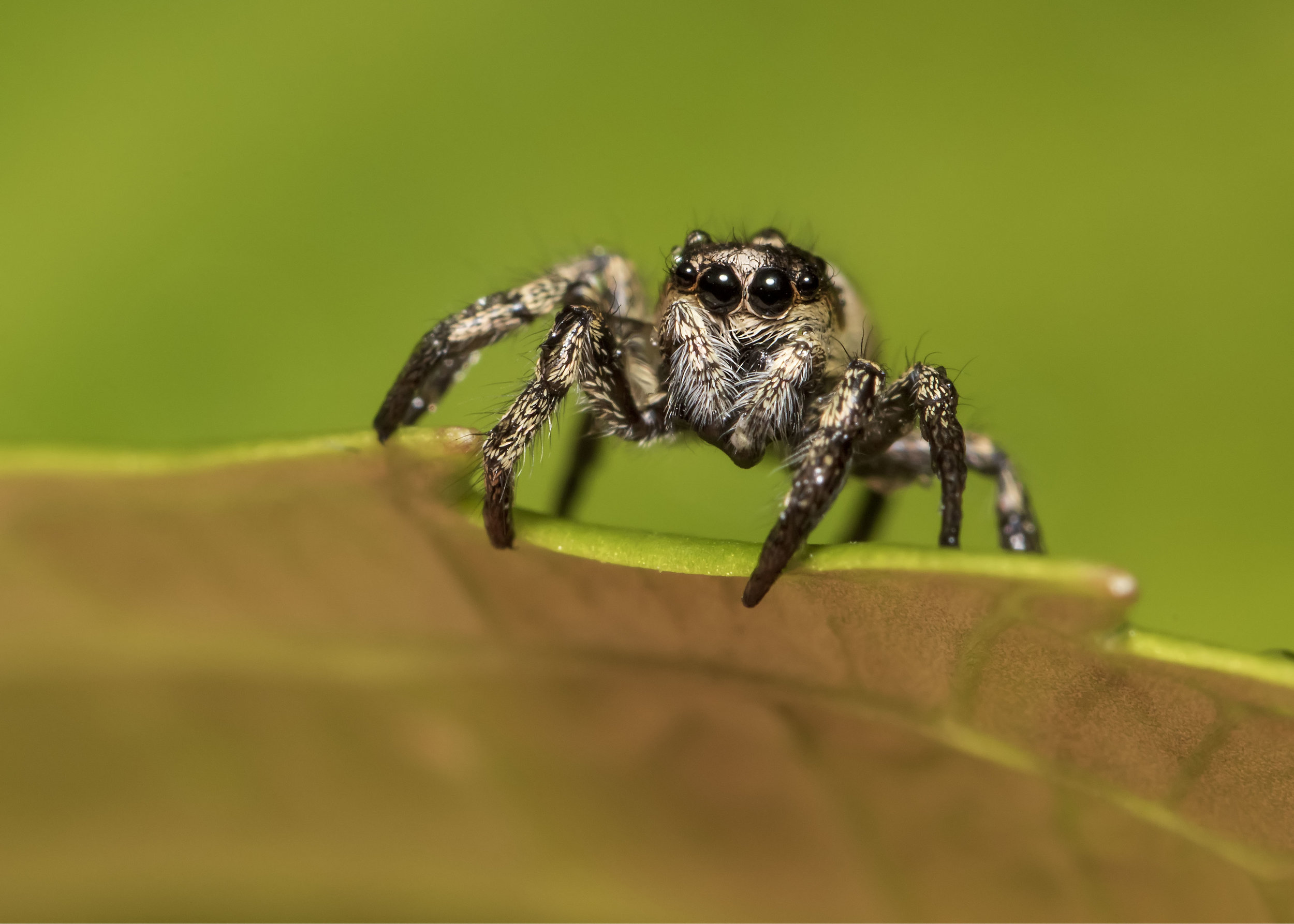I’m back on the Nightjar, this time at a completely different location, just to switch things up a bit . So far I have 3 pairs , including this Male that’s switching his roost up every night but does come back to the same ones every now and again. Each roost he uses though is pretty well covered so I won’t be trying to get close photographs of this one, which does not matter to me at all, as once you’ve spent as much time as I have researching them, just finding one without disturbing them gives you such a great sense of achievement and most of the time I just rock up, look at them through my bins from a distance and go straight home.
Male Nightjar
The great thing about searching for Nightjar, it requires similar searching methods to how you would search for rare insects, paying great attention to the small details. I always bring my macro lens with me and this week, I’m so glad that I did, as not only has it been fun photographing a variety of different species in beautiful sunshine, every now and again you stumble upon a gem!
A short walk along the Gwent Levels and upon arriving back at the car, I noticed a very small Hoverfly that was so brightly marked I thought it was a wasp. It just to happened to be a member of the Chrysotoxum family which are ‘wasp mimics’ and if it weren’t for the featherlight flight pattern, it would have had me fooled!.
I’m not going to pretend like I knew what it was in the field, as I didn’t. All I knew was, I’ve never seen one of these before, as I do have a photographic memory. I managed to snap a few different photo angles, trying to get the full back pattern and the antenna which are usually key features in identifying hoverflies. There are around 280 different species of Hoverfly in the Uk, some of which are isolated populations in specialist habitats. In the case of Chrysotoxum, they are described as being ‘The Difficult Five’ as they are very similar and usually requires close examination by an expert in order to ID them. Luckily for me I always take multiple angled pictures when photographing insects as I’ve learned the hard way that it’s not always possible to ID via a photograph. This is why so many bug specialists take home life samples to study under a microscope.
As soon as I got home I looked in my Hoverfly book which I downloaded on my phone, it’s called ‘Britains Hoverflies’ and it’s written by Stuart Ball & Roger Morris. The book was great, and the description / images provided me with enough detail to rule out a few species straight away and it was looking good to be Chrysotoxum Verralli. This is still new territory for me though, so I went straight to my ‘bug friend’ Liam Olds, who has a vast amount of bug knowledge and is very open to receiving the odd ID request from me, which I’m truly grateful for! He quickly checked for key features and as I suspected, it looked good for Chrysotoxum verralli, but he requested I still ran it by the Uk Hoverflies facebook group to be 100% sure, as if it was C.Verralli, it would be a first record for Wales!
The stakes just went up! so I popped all my pics on the facebook group and who should comment, but the co-author of my Hoverfly book! Roger Morris himself! and confirmed that it is indeed Chrysotoxum verralli. I couldn’t have had a better person to confirm that for me so I’m chuffed to bits.
I shouldn’t get too excited though, as this actually happens quite a lot. In the same week, Martin Bell discovered a Sandrunner Shieldbug in Slade Wood which is another first for Wales! The truth is, there’s probably a lot more out there that we simply have not discovered yet and I am living proof that anybody, no matter how much experience you have, can discover something new, if you just slow down and pay attention to the details.




